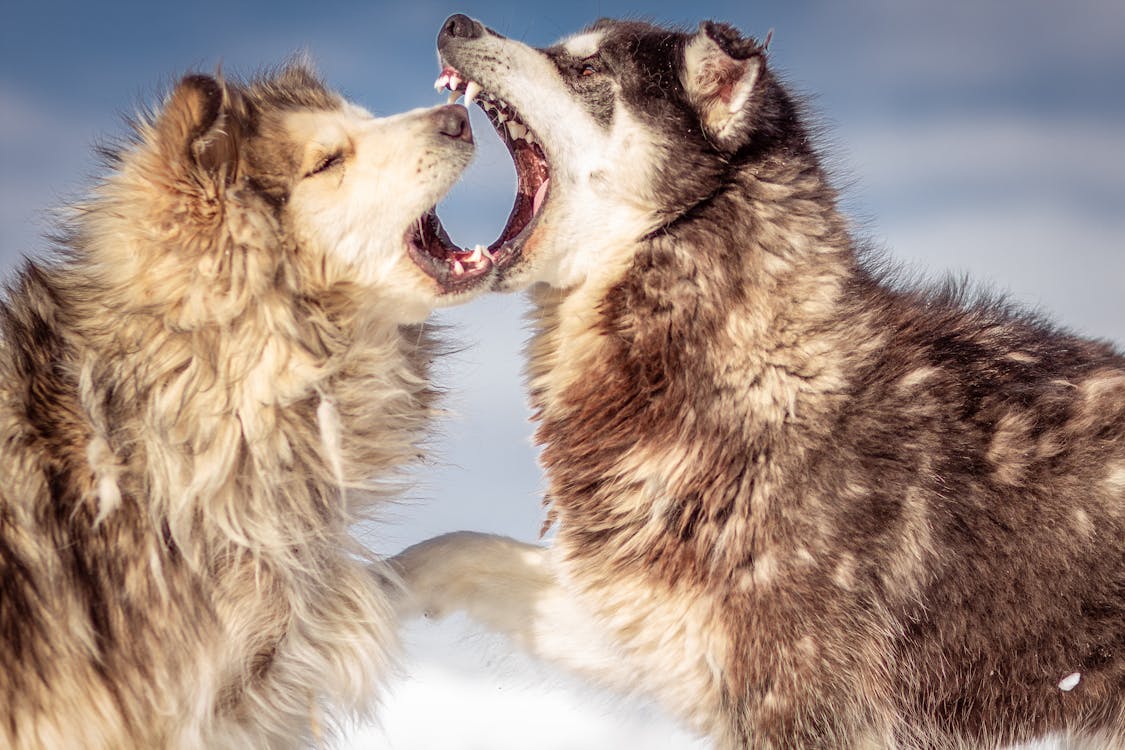Wolves have long held a place in our collective imagination as fearsome predators. From ancient folklore to modern media, they are often portrayed as lurking dangers, ready to prey on unsuspecting humans. However, how much of this fear is grounded in reality? Let’s explore the truth behind common fears about wolves and examine whether they are truly dangerous to humans.
1. Wolves and Humans: A Long History of Coexistence
Wolves (Canis lupus) have shared habitats with humans for thousands of years. For much of this time, wolves were admired for their intelligence, complex social structures, and hunting abilities. However, with the rise of livestock farming, wolves became more commonly viewed as a threat to human livelihoods rather than an animal to coexist with.
This shift led to a negative perception of wolves, particularly in Western cultures, where they became symbolic villains in stories like “Little Red Riding Hood” and “The Three Little Pigs.” These portrayals reinforced the idea that wolves are dangerous predators. But the reality of wolf behavior is far more nuanced.
2. The Risk of Wolf Attacks: Rare and Exaggerated
Wolves are apex predators, but they have a natural aversion to humans. In fact, wolf attacks on humans are exceedingly rare. Unlike other large predators, such as big cats or bears, wolves do not typically see humans as prey. Most wolves will actively avoid human contact.
A review of historical records and modern research supports this. Between 1900 and 2000, only a handful of fatal wolf attacks on humans were documented worldwide, and most of those were in situations where wolves were rabid. Healthy, wild wolves are highly unlikely to attack a human unless provoked or threatened.
Several studies show that wolves prefer to hunt their natural prey—deer, elk, and other ungulates—and will avoid confrontation with humans whenever possible. In regions where wolves and humans live in close proximity, incidents are extremely rare, further debunking the myth that wolves are actively dangerous.
3. Factors Contributing to Misunderstanding
The fear of wolves is often tied to a misunderstanding of their behavior and ecology. There are a few key factors that contribute to this fear:
- Media Portrayals: Wolves are frequently cast as villains in films and literature. These portrayals tend to exaggerate their aggressiveness and portray them as bloodthirsty creatures. However, in reality, wolves are cautious and highly social animals that hunt for survival, not for sport.
- Historical Misconceptions: In the past, diseases such as rabies spread fear about animals like wolves. Rabid animals behave abnormally and aggressively, which likely contributed to the notion that all wolves are dangerous. However, modern vaccination programs and the decline of rabies have greatly reduced this threat.
- Livestock Depredation: Wolves do occasionally prey on livestock, which has led to conflict between farmers and wolves. However, even in these situations, wolves tend to avoid humans, focusing on animals that are easier to catch. This conflict often exacerbates the perception of wolves as a threat to human safety.
4. Conservation and the Role of Wolves in Ecosystems
Wolves play a critical role in maintaining healthy ecosystems. As apex predators, they help regulate the populations of large herbivores like deer and elk, which in turn influences plant growth and biodiversity. The reintroduction of wolves to places like Yellowstone National Park in the United States has shown how they can rebalance ecosystems that had been thrown off by their absence.
Wolves’ importance to the environment contrasts with their image as dangerous predators. In many areas where wolves have been reintroduced, their presence has been met with both fear and fascination. Educating the public about wolves’ ecological role is key to overcoming the persistent myth that they are a direct threat to humans.
5. How to Safely Coexist with Wolves
While wolves generally avoid humans, it’s still important to respect their space. Here are a few tips on safely coexisting with wolves in regions where they are present:
- Keep Your Distance: If you encounter a wolf in the wild, maintain a respectful distance. Wolves are shy creatures, and most will retreat if given the chance.
- Secure Livestock and Pets: In areas where wolves and livestock share territory, farmers can take preventative measures like using guard animals or electric fences to reduce the likelihood of wolf depredation.
- Don’t Feed Wildlife: Feeding wolves or leaving food waste out can attract them to human areas. This can increase the risk of conflicts.
- Be Mindful in Wolf Habitats: When hiking or camping in areas where wolves are known to live, avoid wandering off trails and keep pets on a leash.
6. Conclusion: A Misunderstood Predator
While wolves can inspire fear, the reality is that they are not a significant danger to humans. Attacks are extremely rare, and wolves generally avoid human contact. The perception of wolves as bloodthirsty predators is largely a myth, rooted in folklore and historical misconceptions.
Instead of fearing wolves, it’s time to appreciate their role as vital members of ecosystems. Through education, we can better understand wolves and learn how to coexist with them without succumbing to unnecessary fear.
By debunking these common myths, we can shift the narrative and foster greater respect and understanding for these majestic, intelligent creatures. Wolves are far from the dangerous beasts of legend, and with the right precautions, humans and wolves can continue to coexist peacefully.

